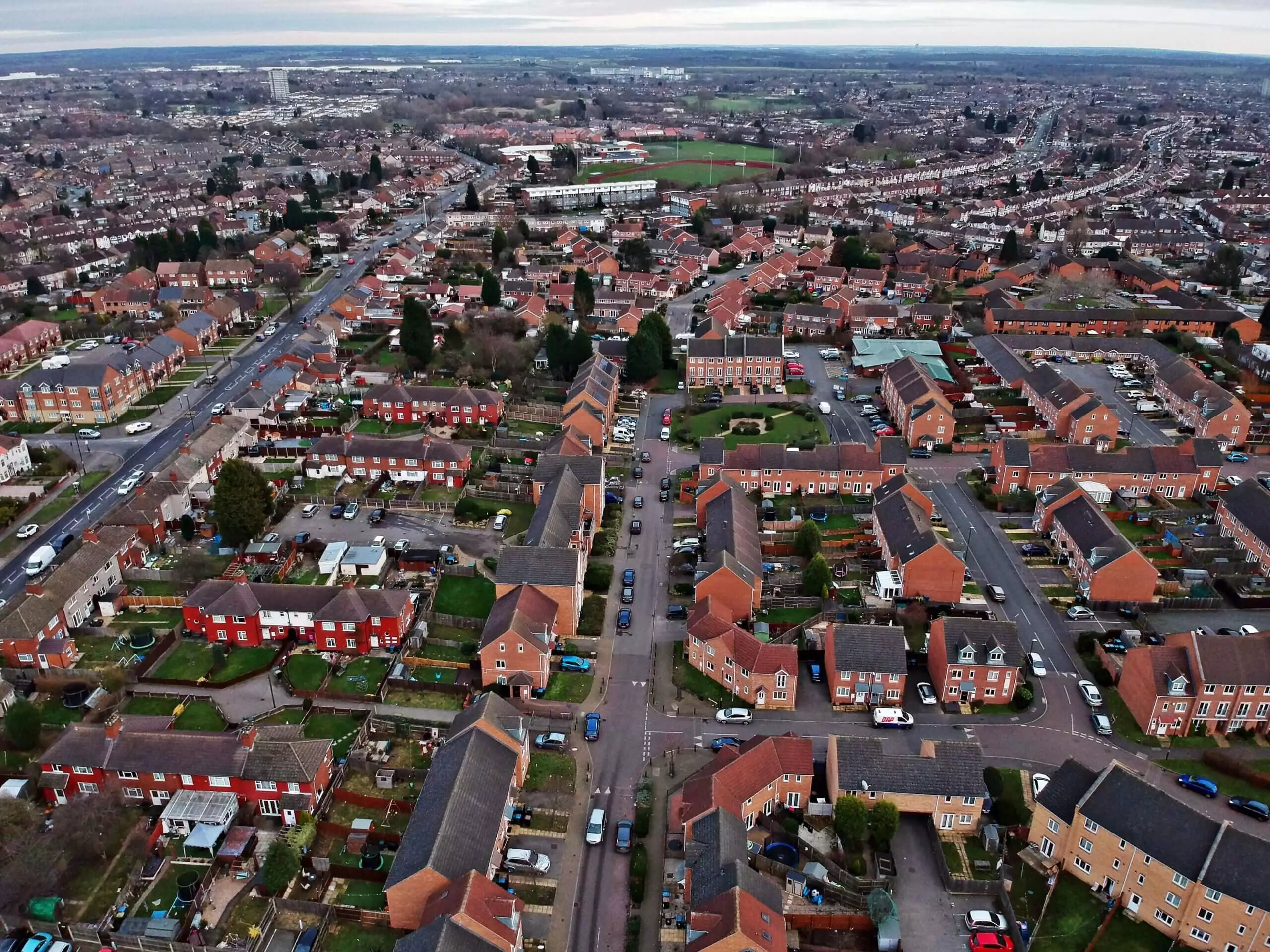As the real estate market continues to evolve and grow, it’s important for buyers and investors to stay informed of the latest trends. Understanding these trends can help you make smarter decisions when purchasing or investing in property. This comprehensive analysis of the current landscape provides an overview of the real estate market and identifies key trends to keep in mind.

Content
The State of the Market
The state of the real estate market is highly dependent on factors such as economic conditions, availability of credit, job growth, population shifts, and consumer confidence. As a result, it’s important to understand how these factors may be influencing the current real estate market conditions.
Currently, real estate prices are increasing due to a combination of low interest rates and an increase in demand. Additionally, new construction is on the rise across all major U.S. cities as more people move into urban areas and developers invest in new affordable housing projects.
Rental Market Trends
The rental market is growing as more people postpone home purchases in favor of renting. This trend is particularly prevalent among young professionals who are looking for more flexibility and affordability when it comes to housing. Additionally, there has been an increase in demand for rentals in suburban areas, driven by low vacancy rates and rising prices in urban centers.
Furthermore, the rental market is being driven by the rise of short-term rentals. Airbnb and other online platforms have made it easy for property owners to list their homes for rent on a daily or weekly basis. This has created new opportunities for investors looking to capitalize on this trend.
As the real estate market continues to evolve, it is important to stay informed of current trends in order to make smart investments.
Shifts in Homebuyer Preferences
Urban vs. Suburban Living
While urban living continues to attract young professionals, the pandemic accelerated a shift toward suburban areas. Families looking for larger spaces, home offices, and safer neighborhoods have fueled demand outside traditional metropolitan hubs.
Sustainability and Smart Homes
Modern buyers are increasingly focused on energy-efficient homes equipped with smart technology. Solar panels, smart thermostats, and eco-friendly materials are now major selling points that influence buyer decisions.
Remote Work and Flexible Spaces
The rise of remote and hybrid work has transformed housing needs. Homes with designated office spaces or adaptable layouts are becoming more desirable, changing how developers design new properties.
Opportunities for Real Estate Investors
Short-Term Rentals and Vacation Homes
Platforms like Airbnb have created a lucrative avenue for property owners. Investors in tourist-friendly regions or major cities can generate significant income by offering short-term stays.
Multifamily Housing Investments
With renting becoming more common, multifamily housing developments are gaining attention. These properties provide consistent cash flow and long-term value appreciation for investors.
Real Estate Investment Trusts (REITs)
For individuals not ready to purchase physical property, REITs offer an alternative. They allow investors to pool resources and invest in large-scale real estate projects, generating passive income through dividends.
Challenges Facing the Market
Affordability Crisis
As housing prices rise, affordability remains a major concern for first-time buyers. Wage growth has not kept pace with real estate appreciation, creating barriers to entry.
Rising Interest Rates
Although interest rates are currently favorable, any future increases could make mortgages more expensive and reduce demand.
Regulatory and Zoning Restrictions
Local zoning laws and lengthy approval processes often slow new construction, worsening the supply-demand imbalance in many areas.
Inflation and Construction Costs
Rising material and labor costs increase the expenses of building new homes. This inflationary pressure is pushing developers to raise property prices, further limiting affordability.
Global Real Estate Perspective
The U.S. is not the only country experiencing housing market fluctuations. Globally, markets like Canada, the U.K., and Australia have also seen rapid price growth. Meanwhile, emerging markets in Asia and Africa are witnessing increased real estate development as urbanization accelerates. Investors with an eye on global opportunities are expanding portfolios beyond domestic borders.
Future Outlook of the Real Estate Market
Continued Urban Growth
Despite suburban migration, cities will continue to attract people due to job opportunities, cultural amenities, and infrastructure. Developers will likely focus on mixed-use projects that combine housing, retail, and office spaces.
Technology Integration
Real estate transactions are becoming more digital, with virtual tours, blockchain-based contracts, and AI-driven pricing tools shaping the industry. Technology will make buying and renting more transparent and efficient.
Focus on Affordable Housing
Government initiatives and private investments will likely prioritize affordable housing solutions to address the growing gap between demand and supply. This will create both opportunities and challenges for developers.
Conclusion: Real Estate Market Trends
The real estate market remains a vital part of the economy, shaped by interest rates, job growth, supply-demand imbalances, and shifting consumer preferences. Understanding current market trends is crucial for buyers, renters, and investors seeking to make informed decisions. Whether through rental investments, new construction, or emerging technologies, opportunities abound for those who adapt to change. Staying updated on evolving dynamics ensures long-term success in this ever-changing industry.
FAQs
What are the main drivers currently shaping the real estate market?
Interest rates, employment growth, and housing supply are the primary drivers. Changes in mortgage rates influence buyer affordability, while local job creation and wage trends affect demand. Supply-side factors—new construction, zoning rules, and available listings—determine price pressure in specific markets.
How do rising interest rates affect homebuyers and home prices?
Higher interest rates increase monthly mortgage costs, reducing many buyers’ purchasing power and often cooling demand. That can slow price appreciation or cause prices to correct in over-heated areas, though markets with severe supply shortages may remain resilient despite rate hikes.
Which property types and locations tend to perform best during economic uncertainty?
Historically, multifamily rentals and income-generating commercial properties (like warehouses and essential-retail) show resilience because of steady cash flow. Within residential, well-located properties in employment hubs or high-demand suburbs with limited inventory typically outperform more speculative or remote locations.

With a sharp eye for design and a passion for renovation, Samantha transforms fixer-uppers into dream homes. Her expertise in remodeling adds extra value to your real estate experience.












